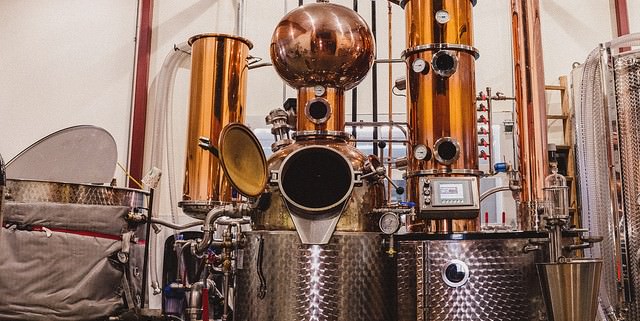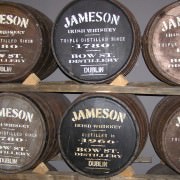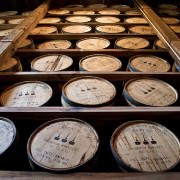Add It to Your Menu: Craft Distilleries
If I told you that the hottest gin in international markets was made in America, you’d likely laugh at me… but I’d be telling the truth. Because you sell various spirits, you’ve probably already run across a lot of the new craft distilleries that are starting to spring up all across America. Like me, perhaps you’ve noticed these places but have largely dismissed them out of hand. “American distillery? Sounds like moonshine,” I’ve told myself when I’ve noticed small distilleries in the mountains or on the outskirts of small towns, “I’m sure this stuff has got to be terrible.” Apparently though, I’m completely wrong, and a New York Times article from this week, Raising a Glass to Upstart Distilleries explains exactly why. Here’s what you need to know about the newest, hottest international booze trend.
What is a craft distillery?
A craft distillery, like a craft brewery, is a small enterprise run by a visionary connoisseur of spirits. This person is likely fed up with the monotonous market that usually typifies the spirits industry—and they want to shake it up. To do so, they open a tiny, local distillery business so they can support their awesome habit of inventing brand-new whiskeys, gins, and others spirits.
Where did all these craft distilleries come from?
Of course, we can thank the hipsters for part of this. For the past few years, Americans have seen a renewed national interest in the “back to basics” movement, spearheaded by natural products brands in the cleaning, apparel, and food industries. Now, it’s hit the alcohol industry, too.
If you think about the history of alcohol in America, the idea that a small, upstart beverage company can succeed isn’t really that strange. In fact, the entire beverage industry in our nation started with people who were intent on returning to the values of simplicity and authenticity—and deliciousness.
You’ve heard of Napa Valley? Hmmm, one of the best wine-producing regions in the world was started by hippies who dreamed of making better wine. You like craft beer? Yeah, that drink came from beer aficionados who wanted something a little different…something more authentic. Dogfish Head’s brews epitomize craft brewers’ dedication to making beer into a whole new experience.
When you consider American wine and beer, it seems only natural that American spirits would be amazing as well.
Should I try something they make? Really?
Yes. Really.
According to the New York Times article, craft gin is a good example of the differences you’ll see when you try craft distilled products. To make gin, a distiller must mix yeast, water, and grain, then ferment them together into a mash. When this mash is distilled, it yields tasty spirits (to learn more about distillation, read this article about scotch). The flavor of gin comes from the “botanicals” that the different distillers steep their alcohol in during the distillation process. These botanicals mostly include juniper (a-ha!), but other spices such as anise, coriander, lemon peels are also used to flavor gin. The problem is, all the big distillers have decided on their preferred botanical blends, and, well, they all taste kind of the same.
Craft distillers, on the other hand, have not yet decided on their favorite botanical blends. Imagine a gin that tastes heavily of oranges and lemons: that’s what Corsair is. Want a gin that’s barrel-aged with a “woody, vanilla overtone”? You want Old Tom. Imagine the drinks you could make with this stuff.
Who’s drinking craft spirits?
I’m sure you didn’t expect this, but a lot of the craft distillery sales happen overseas. It turns out that Europeans, like us, are also anti-corporation, and they also enjoy this trend of returning to the basics and embracing natural, homemade products. This tells us two things:
- Americans really need to pay more attention to the alcohol in their own backyards. (We’ve moved past our moonshine days, people.)
- If Europeans like homemade things… hipsters may have spread overseas.
How do I get it in my restaurant?
That’s easy. If you want to mix up some great drinks with unique-tasting spirits made right here in America, call up your distributor and see what you can get. If he or she doesn’t offer anything interesting, try looking online for local distilleries. Stop by their tasting rooms, see what you think of their products. If nothing else, you’ll have a great time trying out some new booze. Cheers!
Photo licensed by Brendan T. Lynch
- Why Your Wine Menu Is Scaring Your Guests - February 27, 2015
- How to Host a Better Restaurant Week and Get More Customers - February 23, 2015
- Choosing Your Restaurant Wine Glass – 3 Approaches - February 16, 2015






